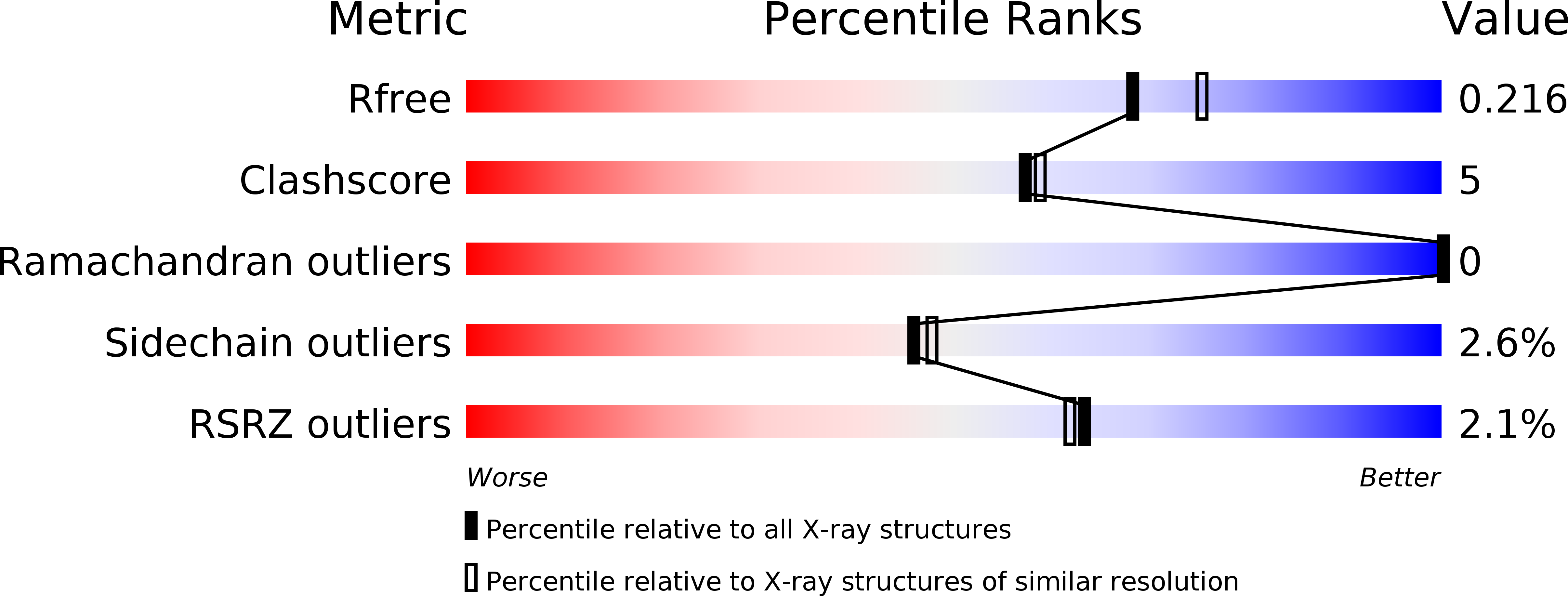
Deposition Date
2012-07-02
Release Date
2012-09-26
Last Version Date
2024-10-09
Entry Detail
PDB ID:
4B0E
Keywords:
Title:
Crystal structure of the Caf1A usher protein N-terminal domain from Yersinia pestis
Biological Source:
Source Organism:
YERSINIA PESTIS (Taxon ID: 632)
Host Organism:
Method Details:
Experimental Method:
Resolution:
2.00 Å
R-Value Free:
0.26
R-Value Work:
0.20
R-Value Observed:
0.20
Space Group:
C 2 2 21


